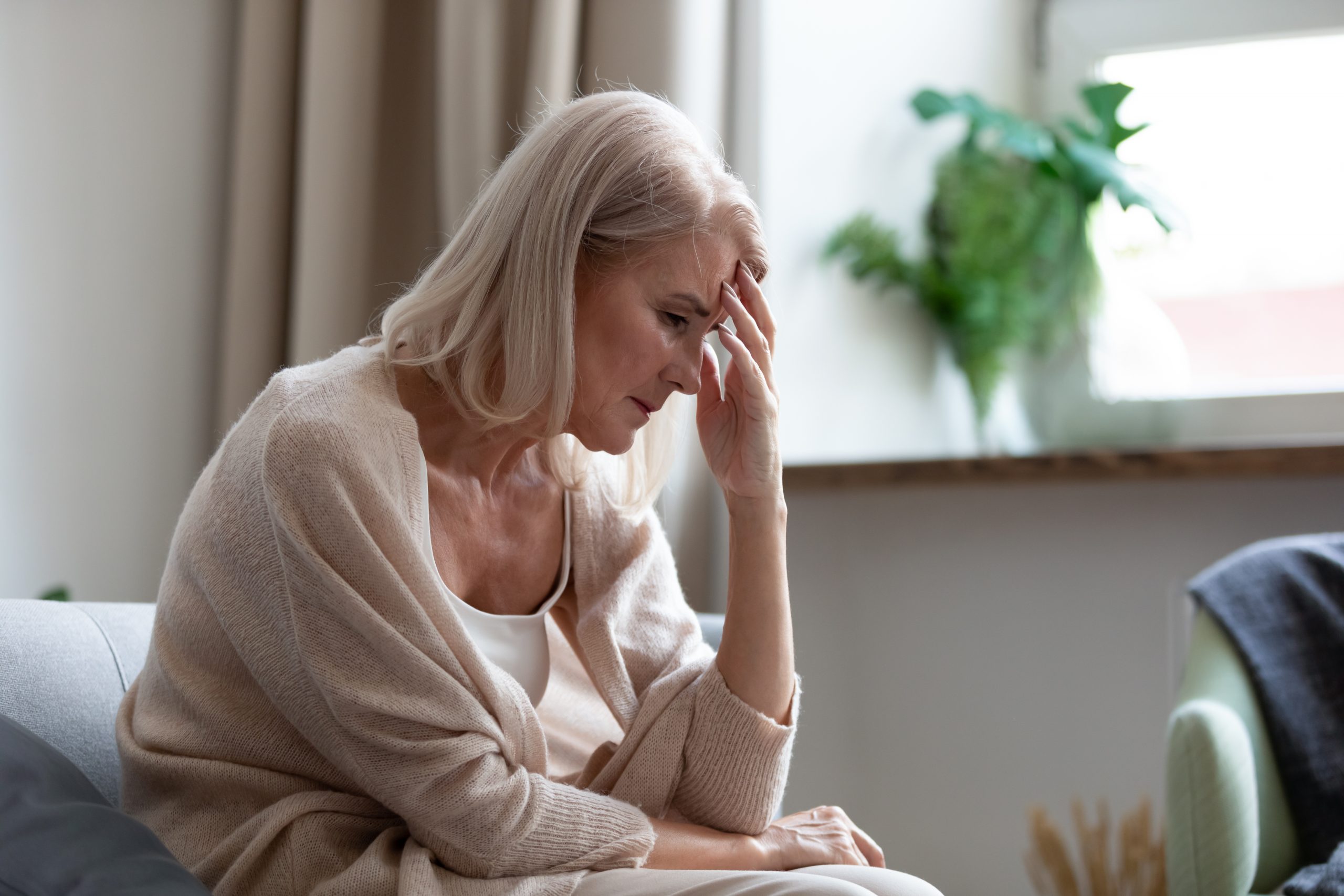Household Bills
One in five female pensioners live in poverty

One in five – or 1.25 million – female pensioners in the UK are living in poverty, a study reveals.
The report by Age UK shows the number of women living below the breadline has increased by around 260,000 since 2012-13.
That’s despite the number of female pensioners in Britain declining by 800,000 due to the increase in women’s state pension age during this time.
Good progress made in reducing pensioner poverty up to 2010 is now rapidly being reversed, according to the report.
Its publication comes on the day ministers debate the temporary suspension of the triple lock.
The triple lock is the mechanism used to calculate increases to the state pension each year.
It guarantees the basic state pension, which is the bedrock of many pensioners’ retirement income, rises by whichever is highest out of average earnings, inflation or 2.5 per cent.
However, the government has scrapped the triple lock this year as earnings have risen by around 8 per cent due to distortions caused by the Covid 19 pandemic.
The report highlights that single female pensioners (27 per cent) are at much higher risk of being in poverty than single men (23 per cent) and pensioner couples (13 per cent).
Pensioners from black and Asian communities are around twice as likely to be living in poverty as white pensioners. Some 33 per cent of Asian pensioners and 30 per cent of black pensioners live below the breadline compared to 16 per cent of white pensioners.
Pensioners who rent their homes (38 per cent) are also much more likely to be in poverty than those who own their home outright (14 per cent).
Caroline Abrahams, charity director at Age UK, said: “I think many will be shocked to see how many women pensioners are now living in poverty – 1.25 million, equivalent to one in five – a big cause for concern.
“It’s important to recognise too just how much greater the risk of poverty in later life is for women who are black or Asian, compared to their white peers. The fact that as many as one in three are living below the breadline demonstrates a level of structural inequality in our society, linked to race, that should be a wake-up call for both national and local policymakers.
“It is essential that the Government’s levelling-up agenda covers the issues facing older women. Stabilising social care and increasing both the quantity and quality of it on offer would make a big difference to many on low incomes. They are unlikely to gain from the Prime Minister’s proposed cap on catastrophic care costs because of having few if any assets to protect.
“When it comes to helping these older women to get the care and support they need the ball is very much in the Chancellor’s court: he has to give councils a generous settlement for care in his forthcoming Spending Review or these older women will be even further disadvantaged.
“Our new analysis also shows how vital it is that the triple lock is reactivated again in 2023. There may have been reason to suspend it for one year, because of the distortions caused by the pandemic, but if we’re to have any hope of reducing the level of pensioner poverty in our society the triple lock must come back into force again in 12 months time.”